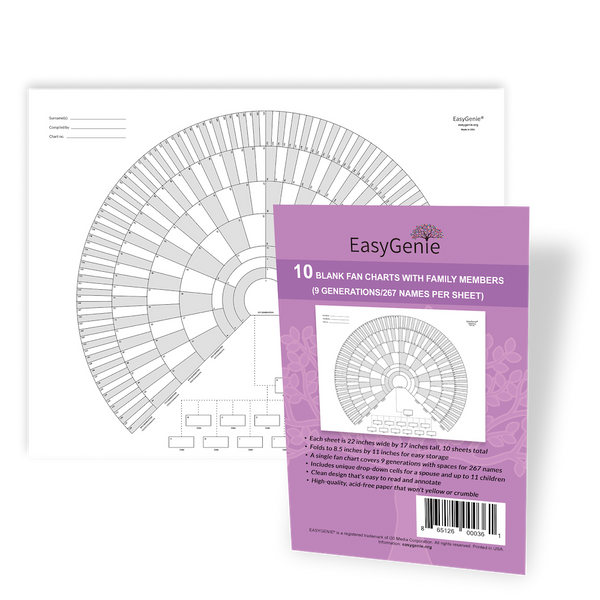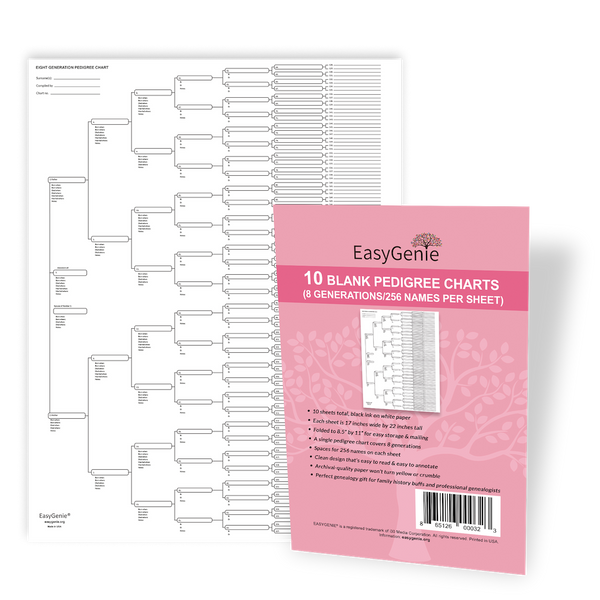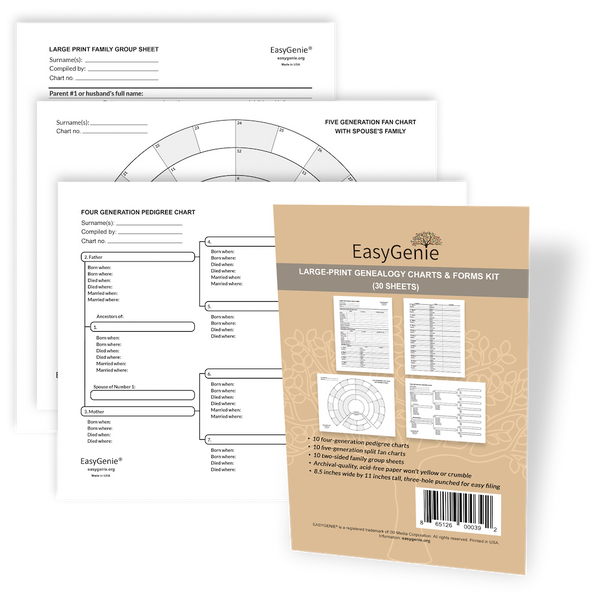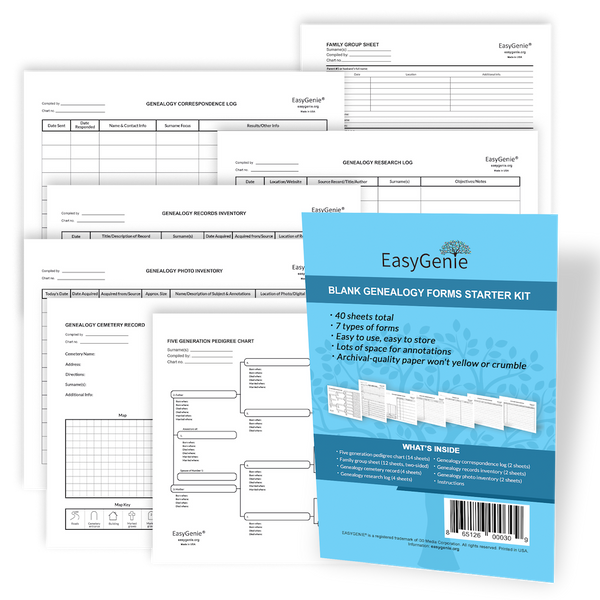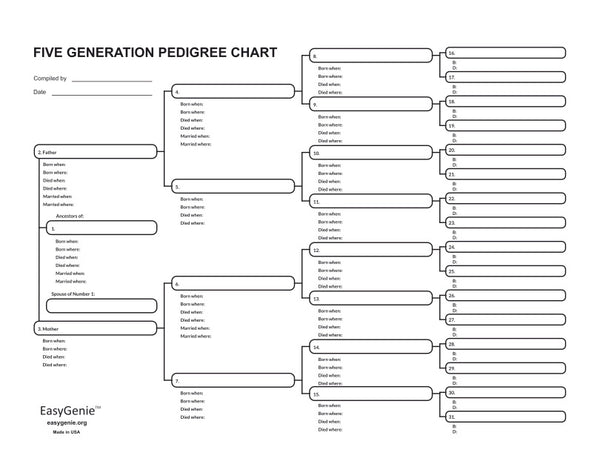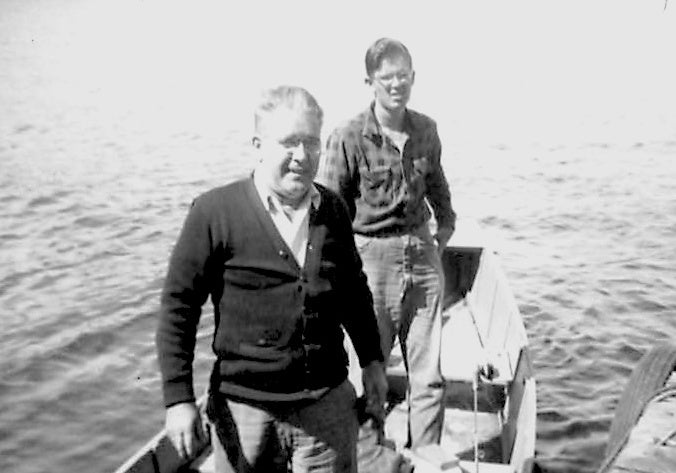
ABC'S + UGP: How I scan and organize old family photos
Ian LamontIf you’ve been agonizing over how to organize that shoebox of old family photos, I have a story to share. Last weekend, after purchasing a new photo scanner, I tested Michele Doyle’s ABC’S approach to organizing photos on my own shoebox, with solid results. I also combined it with my own method for identifying “UGPs” (unidentified genealogy people).
I was able to identify some new gems, or the “A” category. The photo above is the earliest one I have of my father and grandfather together. I also made real progress culling the weaklings (“C” in Michele’s framework) and identifying paternal relatives (and one unwanted stranger) from a set of 1940s photos.
Let’s revisit Michele’s ABC’S framework (read my interview with her here), with real examples.
A) Absolute keepers! “In a fire, these are the ones you would grab as you ran out the door,” Michele said. Another way of thinking of them: the ones that probably should be reframed and placed on the mantle for all to see!

B) Best for family stories. Uncle Jacob in his WWII uniform. Great Aunt Clara standing in front of the school she taught at for 30 years. Grandpa’s old fishing cabin and the family Buick:

C) Cull them from your collection. It’s amazing how many bad photos remain in the shoebox because we don’t know what to do with them, or somehow feel they are precious because they are old. This could be anything from a faint group shot of unknown people to random black & white nature scenes.

C is also a chance to get rid of photos that bring up bad memories. Check out what I did with this 1940s portrait when I found out who it was.
S) Special photos. They may not look remarkable, and may not even be of family members. Nevertheless, they have some special meaning, usually because they are unique or unusual. These are my great-uncle’s WWI army buddies when they were stationed in Europe after the Armistice, and his fiancee:

Once you’ve sorted the old family photos, it’s crucial to identify the UGPs. Even for photos more than 100 years old, it may be possible to name unknown people by asking older relatives. Annotate the back of the photo with any information you discover, as well as your name and the date you added the information, so future family historians know your conclusions.
Storing old photos
Finally, find a better place for the A, B, and S photos. The really good “A” photos might be framed or shared with relatives. Don’t toss the others back in the shoebox - organize the others by family line, and find a better long-term storage solution.
I use acid-free photo sleeves and place them in binders organized by family branch, with a filled-in EasyGenie pedigree chart PDF on the front so I can easily recognize the primary names for that branch.
